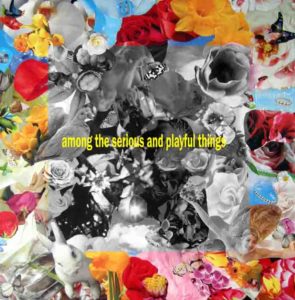The Silent Witness
AMONG THE SERIOUS AND PLAYFUL THINGS
How can one define that passage that there is something serious and something which instead is playful, merry and lighthearted? Perhaps the most acute observation on the nature of play is the one made by Plato in his later work: Laws. Plato saw in the need to jump, present in all young creatures, the example of merriment. In order to jump one has to learn to use the ground as a trampoline and then land bouncing. Thus the power of gravity is tested but without escaping from it.
It is to an extent the metaphor of this exhibition: the artists fly with their imagination, they work with a progressive bouncing of the senses, they open up to the infinite possibilities of expression. It is creative thinking, free and pure, which has no limits and wherein each time the vision takes off only then to land and take shape as a work of art. For this reason the artist is the poet of free time, he or she is the one who breaks the rules of time established by the organized system of society and the rhythms of production. The game is born from imagination. All our reality of everyday life is marked by play and seriousness, by duty and by pleasure, by the forms of converging and diverging thought, that is, by thought which follows a strict logic and another which is more creative, provided with spontaneous flexibility, fluidity of ideas and language: in other words creativity in its purest state.
The means used to such an end may be numerous and in the specific case of this exhibition, they vary from sculpture, to painting to photography. The notion of play is to be considered as a superior spiritual activity, in as much as it is a joy of the spirit and of the senses. Seriousness and play can seem to be two contrasting elements, but in reality they are two sides of the same coin. What passes through the two dimensions is the will to go beyond known limits, it is the desire to experiment various extensions of energy. A bit like in music where the dynamic indications of sound are identified in the variations which give tone and voice to the instruments: allegro, vivace, scherzoso, andante, grave. For communication to come about artists always have to put rationality and emotion into play and from this synthesis move towards a new psycho-sensorial definition of human sensitivity, in the passionate adventure that is art.
Stefania Carrozzini

